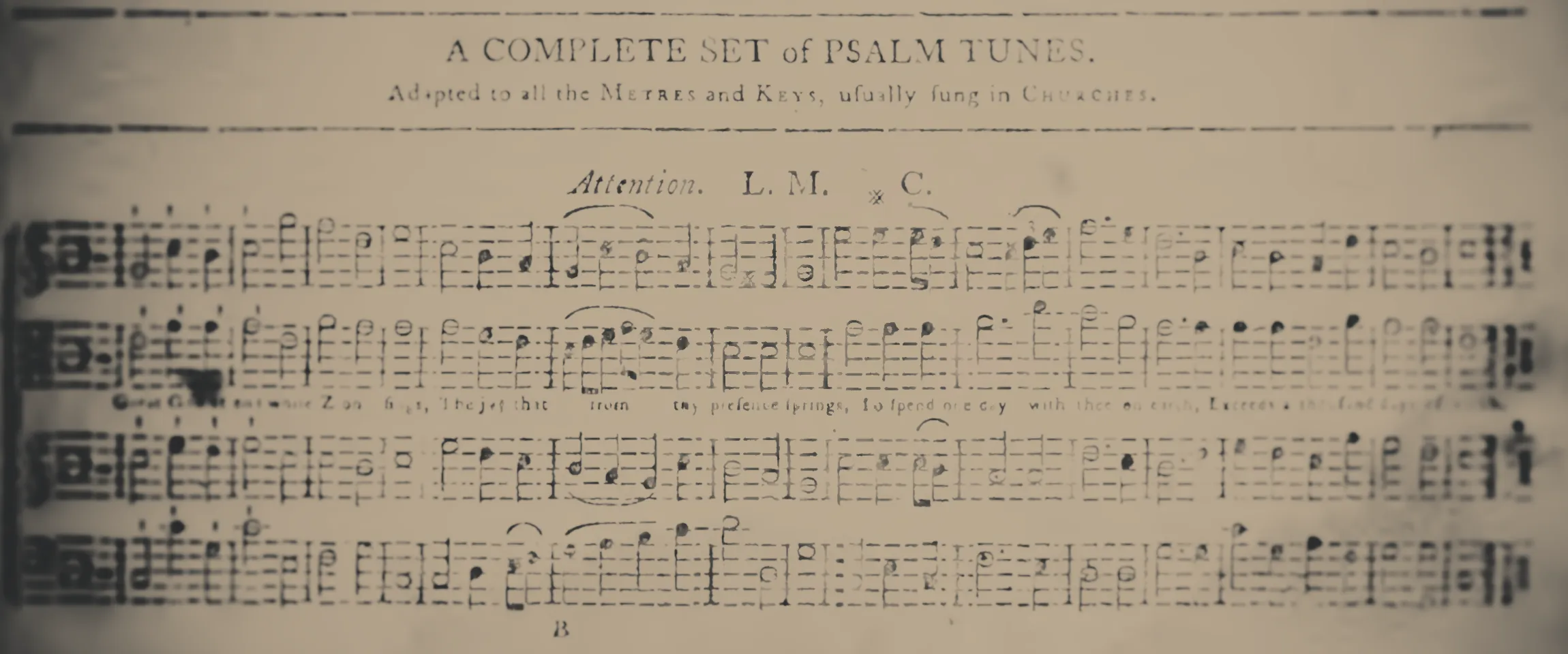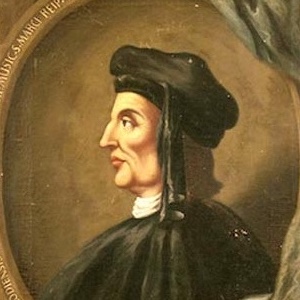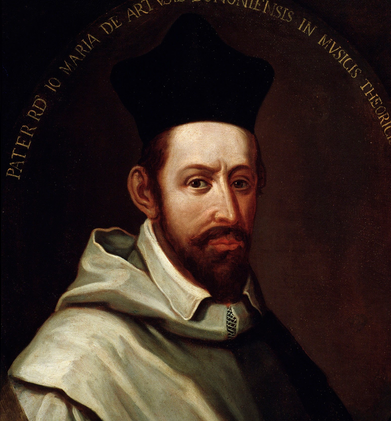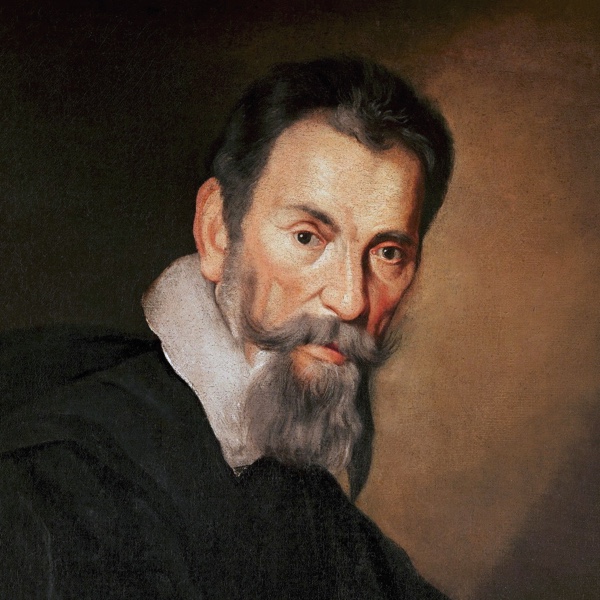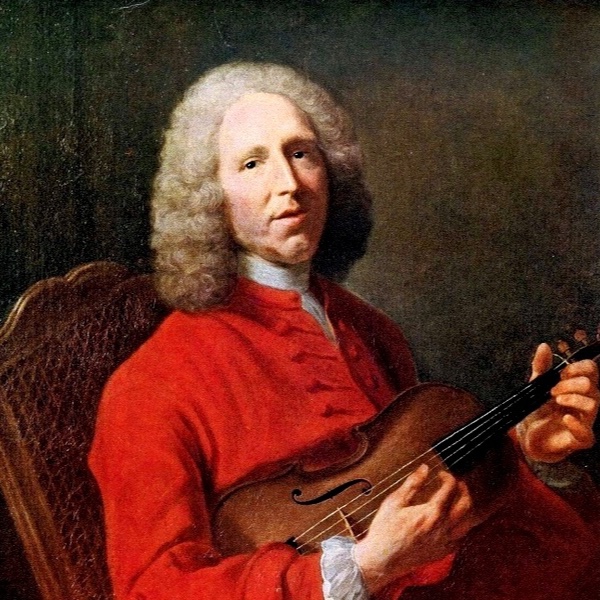Contents
The previous article ended with the state that you should learn some history of music theory, in order not to be bound by what is called “rules”.
I understand how you feel, but this is a very important step. You shouldn’t let music theory tame you. Instead, you should get it tamed. And for that, you have to become immune to the majesty of it.
you should get “vaccinated” against such disease from authority in a straightforward way — Looking into the real history. And this vaccine will retain its effect for a lifetime.
This is like a “mystery tour” of musical history. You don’t have to remember the names of people, periods or songs described below. Just witness what happened in the past!
4.Classical Theory
Music theory have been developed in all over the world such as in Egypt or China, but this time I’m gonna talk only about Western/American ones.
B.C.500 : Ancient Acoustics
When reviewing Western music theory, ancient Greek is often set as the starting point. It is said that Pythagoreans left some important study and findings regarding acoustics.
Though he was not a songwriter, his mathematic interest has made the music science step forward. Those kind of studies by mathematicians developed the good tuning methods of pianos, guitars and so on.
So this is dawn of music theory, but this is more like physics and it took another 1000 years to get to the next phase.
9-16c : Era of Choirs Harmony
The next organization that contributed to the growth of the theory was Christian religion. They had special sort of music — Hymn.
In the beginning, song structure was simple unison style (= All members sing the same melody). But having got tired of it or whatever, they gradually started to build chorus harmonies. They tried 2-part harmony, 3-part harmony… and the theory for them is also developed. As of at least the 9th century, the existence of theoretical treatises on harmony has been confirmed1. Let’s listen to some songs.
The first song is the original style, where all the people sing a single line. 2nd-5th track is the style of 12th, 14th, 15th, 16th century respectively. The progress was slow, but steady.
It is especially notable that there already exists the technique of singers alternately leading the main melody…Just like we find in duet songs today.
The technique and theory developed during this period about harmonizing multiple melodies is called Counterpoint.
Outside Churches
of-course, there are music outside churches too. Secular (= not religious) music has been also developed by musicians like minstrels.
These are secular songs made in 13-14c. The content includes love songs, pieces for musical drama, songs celebrating the seasons, and songs honoring the military.
These secular music had great influences on church music, and on music theory too. Such secular music, of course, influenced church music and ultimately theory as well. This kind of music had more freedom to try new ideas than church chants, and Some innovations would not have been achieved in strict church music domain.
It is said that there were criticisms like “blasphemy against God” when the new rhythms of secular music were introduced into church music2. Hip-hop, rock, or even jazz were labeled as “vulgar” when they first became popular, However, humanity has been repeating such arguments for hundreds of years😵💫
Even expressions considered secular at the time, when viewed from later generations, were often significant evolutions—a pattern that has occurred many times in music history. From this perspective, it’s entirely possible that techniques produced by recent genres like hip-hop and EDM may be discussed in the future as “important turning points in music theory history” a hundred years from now.
Here, due to the nature of focusing on the history of theory, we cannot cover a wide range of music. However, it’s important to remember that there was (is) a lot of music outside the world discussed in theory.
16-17c : Sprout of Chord Theory
It is 16-17c that the word “chord” came into use and theories of chord arose. Among eminent theorists are Zarlino in Italy3 and Descartes, who is known as a philosopher.
What is significant is; even in this earliest ages, actual songs rule over music theory world. Theorists made great effort to justify new sounds by constructing new theories.
And another note is that music theorists were by no means cohesive; it developed as people with different views clashed and exchanged opinions.
“Melody + Accompaniment” Style
In 16-17c music style also got into transitional phase — from “alternate leading melodies” to “main solo melody + accompaniment”, which is the same format as current pop music! During this period, there was a notable composer named Monteverdi.
This is a song for one of the early operas released by Monteverdi in 1607, marking the dawn of the opera era. In opera, since the dialogue is sung, the clarity of the lyrics naturally made a single main melody predominant over complex interplays of multiple melodies4.
And in this era, again, were the “profane” songs accused by elder theorists.
Living in the 21st century, we tend to lump everything together as “classic,” but time-tripping into each era, you can find revolutionary artists who broke the conventions of that period.
Early 18c : Evolution of Chord Theory
This “melody + accompaniment” became prevailing in 1700s.
Following this transition, music theory was radically updated. Typically, a composer/theorist Rameau published a book called “Treatise on Harmony” in 1722, which had a great impact on the theory world.
He had great foresight and gave birth to great ideas that are still used in the present chord theory.
Other famous artist in this period are Vivaldi and J.S.Bach. They lived through this transitional phase, so in their music you can find many expressions that don’t match current music theory.
Despite saying so, the stone cast by Rameau and others ripples out, transitioning both music and music theory into new styles.
Late 18c: Chord Theory Established
Giving a bit of historical background, the 17-18c were all about big changes with various revolutions happening. Especially around the late 18th century, the cultural power shifted from the aristocrats to the citizens.
The music industry was no exception; composers, who used to have no choice but serve churches and nobles, started to find more ways to make money. Like, the flourishing of music score publication due to the Industrial Revolution gave them more income opportunities.
This era is specifically called “Classical Period“, and famous artists in this era are Mozart and Beethoven.
You can virtually see them as the first generation who tried to “make big money with a hit song“, which probably resulted in the trend of simple and clean music rather than those too much decorative music that had pleased nobles.
As its name suggests, the music of the classical period is likely to be what people typically envision when they think of “classical music”. Melodies are catchy as you feel like singing them. Simply put, they gained more public appeal.
Music theory world also focused on these types of music and eventually established the theory of “Classical Harmony“, which is still one of the most prevailing music theory today!
Classical Harmony
Classical Harmony can also be regarded as the prototype of pop music theory so let me explain a bit of it.
Classical Harmony basically consists of two contents — “How to place notes beautifully” and “How to develop a song structure“.
The former is necessary when you construct a beautiful ensemble in orchestra, or in piano solo where your number of fingers are limited etc. The method is so professional and detailed that popular music theory scarcely inherits this.
The latter is like how to make good “scenario”s in a song (e.g. create the feel of climax, relief, continuity and so on). This is relatively easier to understand so many concepts are imported to popular music theory.
“Scenario”s As Expected
The theory of “Scenario”. In the field of movies, there are established, standardized, typical, common, staple ways of how a story goes. An evil villain, you know, must be punished, or a kindhearted girl must be rewarded bla bla bla.
The same is true of music. There were established standard at that age, and Classical Harmony Theory describes it in details.
Established Standard?
For example, here’s a typical phrase in classical format.
What do you think comes after this? ……Many will imagine something like this:
No one would expect the song to continue like this:
Especially so in that 18th century! Classical Harmony theorists collected what was thought to be standard at that age, building a huge knowledge base.
What was unfortunate was those were written with strong words like “must” or “prohibited”… Note that these are just “standards” of that “Classical Era”. Some are still standard as of today while others are no longer applicable to popular music.
Now the mystery (why music theory has “rules”?) is partly resolved. But there comes another set of “rules” after this period. So let’s go on this history tour.
